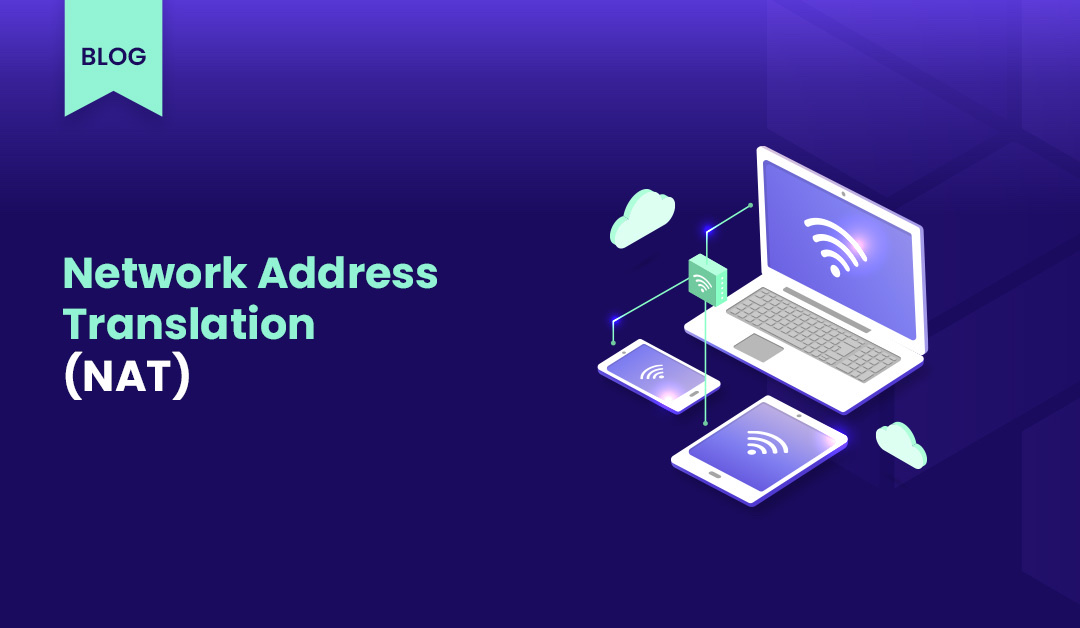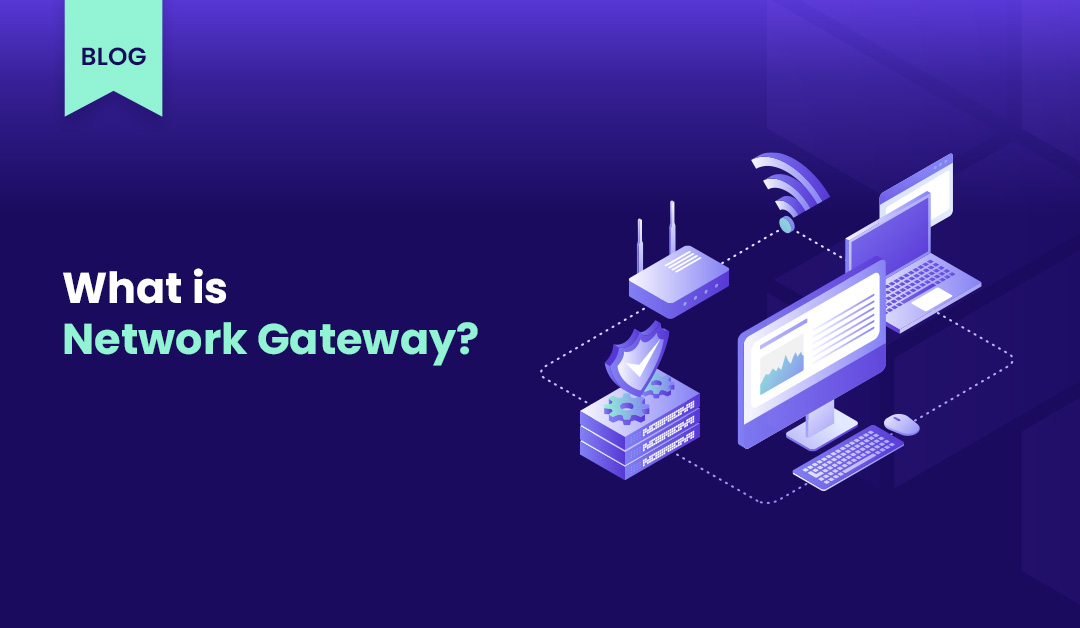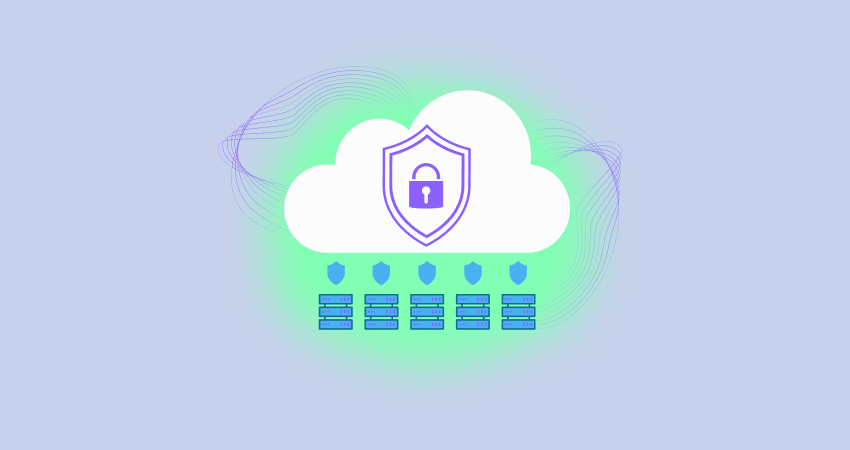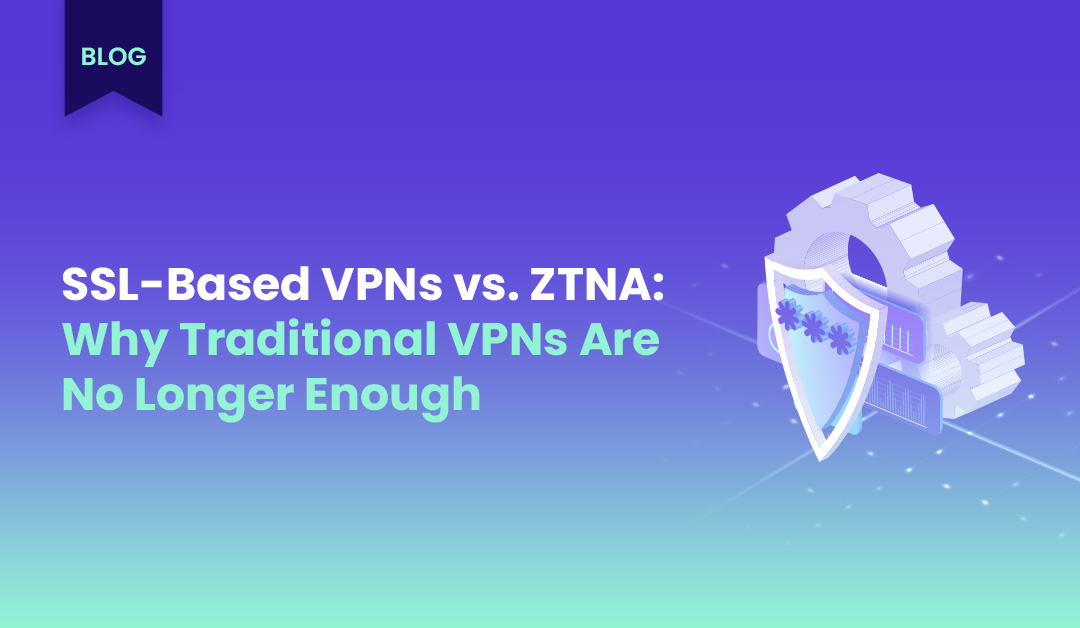SSL-Based VPNs vs. ZTNA: Why Traditional VPNs Are No Longer Enough
Securing remote access to corporate networks has become more critical than ever. For years, SSL-based VPNs were the primary method for enabling remote connectivity. However, the shift toward distributed workforces and cloud-based applications has exposed significant security gaps in these legacy VPN models. Today, many organizations are embracing Zero Trust Network Access (ZTNA) as a more secure and modern alternative. Below, we examine the risks associated with SSL-based VPNs and why ZTNA delivers stronger protection and better performance.
Author
Date
Category
All Categories
- AI-powered security
- Attacks & Threats
- Cybersecurity
- Hybrid Cloud
- Network
- Network Firewall
- Network Protection
- News
- Remote Workforce
- Security
- Zero Trust
Contents
Popular Posts
-
 The Ultimate Guide to Secure Authentication: Best Practices for Stronger Security
The Ultimate Guide to Secure Authentication: Best Practices for Stronger Security
-
 How to Detect Malicious Activity on Your Network: A Step-by-Step Guide
How to Detect Malicious Activity on Your Network: A Step-by-Step Guide
-
 Understanding Network Address Translation: A Comprehensive Guide
Understanding Network Address Translation: A Comprehensive Guide
-
 What is Network Gateway? Understanding the Significance of Network Gateways
What is Network Gateway? Understanding the Significance of Network Gateways
-
 What is Buffer Overflow? Security Vulnerabilities and Prevention Methods
What is Buffer Overflow? Security Vulnerabilities and Prevention Methods
-
 What is a Firewall? Definition, Purpose & Types of Network Firewalls
What is a Firewall? Definition, Purpose & Types of Network Firewalls
Product
Join the Newsletter

Securing remote access to corporate networks has become more critical than ever. For years, SSL-based VPNs were the primary method for enabling remote connectivity. However, the shift toward distributed workforces and cloud-based applications has exposed significant security gaps in these legacy VPN models. Today, many organizations are embracing Zero Trust Network Access (ZTNA) as a more secure and modern alternative. Below, we examine the risks associated with SSL-based VPNs and why ZTNA delivers stronger protection and better performance.
Key Risks of SSL-Based VPNs
Implicit Trust Model
- Once authenticated, users often gain broad network access.
- Attackers who hijack a VPN session can move laterally across connected systems.
- The “trusted after login” model is a prime target for cybercriminals.
Weak Segmentation
- Traditional VPNs lack granular segmentation.
- Users with valid credentials may access multiple VLANs, servers, or applications.
- This broad access increases the risk of data breaches and lateral movement.
Credential Vulnerabilities
- VPN gateways are attractive targets for cyberattacks.
- Stolen or brute-forced credentials can grant unrestricted access.
- Phishing and social engineering scams further expose users to compromise.
Complex Access Management
- VPN configurations become increasingly complex as organizations scale.
- Managing ACLs (Access Control Lists) and firewall rules is resource-intensive.
- A single misconfiguration can expose critical systems to unauthorized access.
Limited Network Visibility
- Most SSL-based VPNs do not provide real-time monitoring for internal user activities.
- Administrators may know who is connected but not what they are accessing.
- Limited visibility delays threat detection and response.
Performance Limitations
- VPN traffic routes through a centralized gateway, leading to latency issues.
- High-bandwidth applications (e.g., video conferencing) can overload VPN appliances.
- End-user experience degrades as more remote users rely on the VPN.
Inadequate Cloud Integration
- VPNs were designed primarily for on-premises access.
- Routing cloud traffic through a data center reduces efficiency.
- Many SSL VPNs lack seamless integration with modern cloud environments.
Why ZTNA Offers a Superior Solution
1. Adaptive Authentication
- ZTNA continuously evaluates user credentials, device security posture, and location.
- If an attempt appears suspicious, access is blocked or restricted.
- This dynamic approach mitigates risks from stolen credentials and session hijacking.
2. Least Privilege Access
- ZTNA enforces strict access policies based on user roles and applications.
- Users only access the specific resources necessary for their tasks.
- By limiting access, ZTNA minimizes the impact of potential breaches.
3. Enhanced Monitoring and Analytics
- ZTNA solutions log every access request and user session.
- Security teams can quickly detect anomalies, such as repeated failed logins or unusual data transfers.
- Cloud-native telemetry enables rapid threat response.
4. Reduced Attack Surface
- Endpoints do not connect directly to the network—resources remain invisible to outsiders.
- Attackers scanning for open ports or exploitable gateways find nothing to target.
- Even if credentials are compromised, micro-segmentation limits lateral movement.
5. Cloud-Optimized Security
- ZTNA seamlessly integrates with IaaS, PaaS, and SaaS platforms.
- Users connect directly to cloud applications, eliminating inefficient backhauling.
- Scalable access control simplifies onboarding for remote workers and contractors.
6. Superior User Experience
- Users access applications via a simple browser interface or lightweight client.
- Smart routing ensures optimal connection speeds and minimizes lag.
- Security policies adjust dynamically based on real-time risk assessments.
Conclusion
While SSL-based VPNs have been a longstanding remote access solution, they no longer meet the demands of today’s cloud-first businesses. Their inherent weaknesses—broad network trust, poor visibility, and performance bottlenecks—leave organizations exposed to cyber threats and operational inefficiencies. Zero Trust Network Access eliminates these risks by continuously verifying users and devices, enforcing strict access policies, and providing deep visibility into user activity. In an evolving threat landscape, adopting ZTNA is no longer optional—it’s a necessity for securing remote access and safeguarding business-critical assets.
ZTNA is a fundamental part of Timus SASE when it comes to protecting MSPs’ clients’ networks. Along with a dynamic cloud firewall that creates a SW-defined security perimeter based on identity and a secure web gateway for safe browsing the internet and deep visibility into the network activities, Timus SASE streamlines always-on secure connectivity by leveraging solid ZTNA.
Zero Trust. Adaptive Cloud Firewall. Secure Remote Access. In one.
